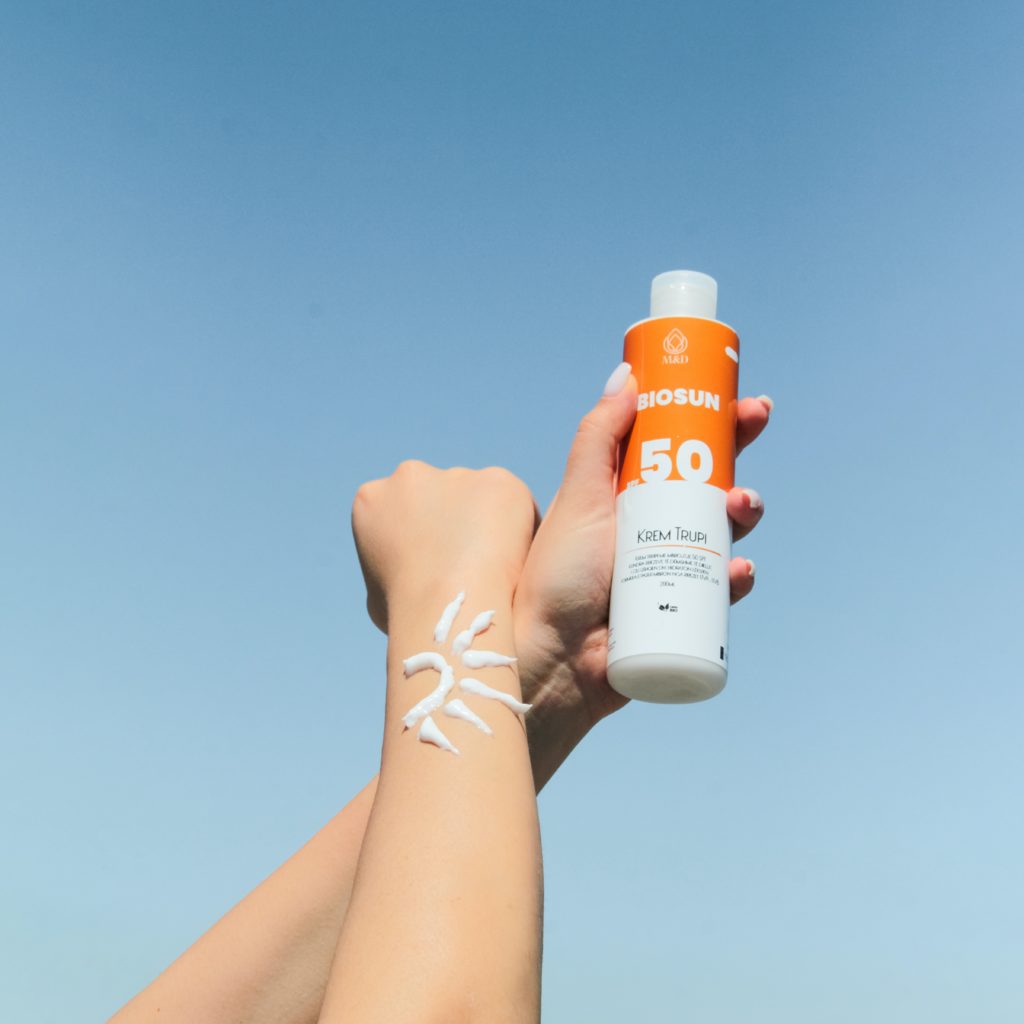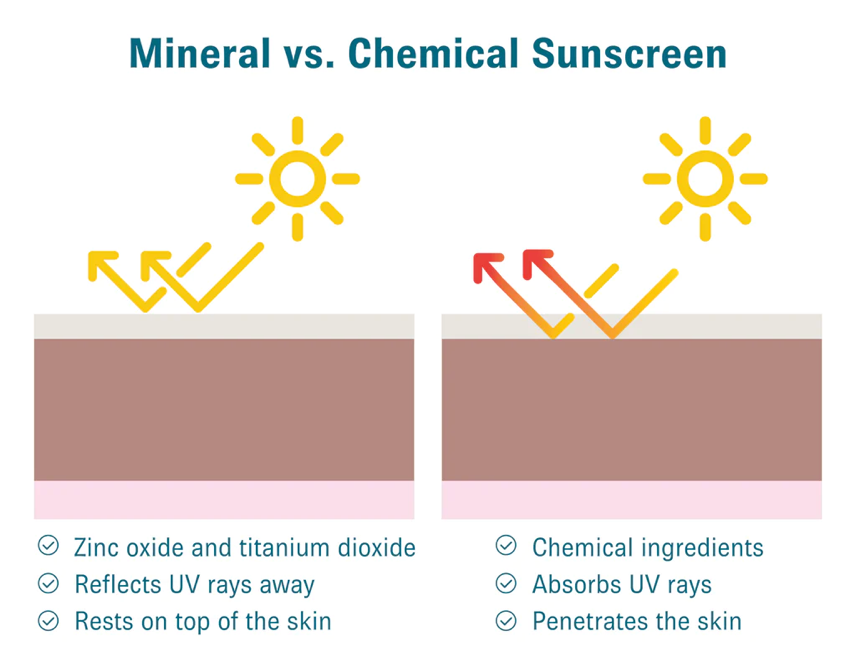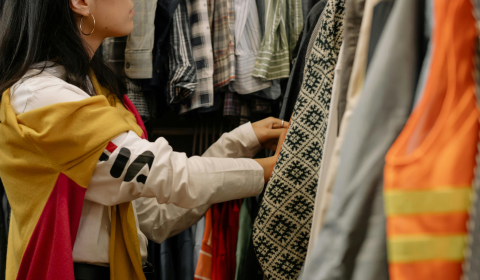How is sunscreen toxic to ocean life?
Recent estimates suggest that 14,000 tons of SPF leaks into areas rich in coral reefs every year, causing scientists to raise the alarm about the potential negative effects chemical sunscreens have on them.
You see, the chemical compounds used in sunscreen aren’t known to be harmful when applied to skin. But when they float through the ocean as we swim and make contact with coral reefs, the story looks a little different.
Researchers haven’t yet covered the full list of ingredients, but tests on common inclusions such as oxybenzone, octinoxate, avobenzone, and octocrylene have shown they can disrupt coral’s reproduction and growth cycles, which eventually leads to bleaching.
Hawaii and the U.S. Virgin Islands have since banned the sale of sunscreen containing the chemicals listed above, but in other parts of the world, products labelled as ‘reef safe’ still contain these ingredients.
This is possible because – without a conclusive, research-backed list of environmentally harmful ingredients – the term ‘reef safe’ cannot be regulated on national or international scales.

Which sunscreens are reef safe?
Sorry to disappoint, but there isn’t a clear-cut answer yet. The good news is we could have one relatively soon.
Growing interest in reef-safe options from consumers and the scientific community has seen the USA National Academy of Sciences gather a board of experts to review research into the impact of sunscreen chemicals on marine life.
Definitive conclusions have been slow to come by because most tests are conducted by subjecting lab-grown reefs to extremely high concentrations of sunscreen – a scenario that isn’t realistic at most coastal beaches.
And while mineral sunscreen was once thought to be better for the environment when compared to chemical sunscreen, new lab trials hint that it might also be damaging to coral reefs, algae, and other ocean plants.
In case you’re a little lost in the sunscreen sauce, let’s just say it’s complicated. But because we all need to wear sunscreen (yes, all of us!), let’s get into the details of how the two types are different.

Mineral vs. Chemical sunscreens
Mineral sunscreens include ingredients like zinc oxide and titanium dioxide, which sit atop skin to physically prevent UV rays from penetrating the skin. They’re a typically a better choice for those with sensitive skin types, with popular options being Supergoop!, Mimitika, REN, and Drunk Elephant.
By contrast, chemical sunscreens allow UV light into the skin, but create a chemical reaction where the UV light is converted to heat, which then dissipates from the skin. These chemicals (with the aforementioned crazy names) have long been proven to damage the environment and may not be so great for us, either.
As a standard, topical creams are required to undergo safety studies for their possible toxic effects, by measuring how quickly they are absorbed into the skin. The Food and Drug Administration only recently recommended sunscreen be tested in this way, too.
Clinical trials have suggested that chemical sunscreen ingredients like avobenzone, oxybenzone, octocrylene, and ecamsule are absorbed into the bloodstreams at a rate faster than other creams recommended for toxicity testing.
While this may seem scary, the findings do not indicate that these sunscreens are detrimental to our health. Truthfully, the benefits of wearing any protection from UV rays will always outweigh the negative effects of unprotected sun exposure.

What am I getting at, then?
Well, it looks like we’re being forced to choose between the lesser of two evils which obviously, we all hate, right?
Perhaps it will help to know that experts in marine biology are pacifying our sunscreen dilemma with the reminder that the most intense global threat to coral reefs is still global warming.
They say that a lack of climate action will see warmer waters and ocean acidification obliterate these ecosystems faster than any type of sunscreen will, which is what makes advocating for green energy solutions so important.
All in all, it looks like we should tread carefully when it comes to ‘reef safe’ claims and hold out for broader research findings. But assuming we all want to minimise our own exposure to unnecessary chemicals, it’s safe to say mineral sunscreen is the way to go.
Alexa, play Starships by Nicki Minaj.























